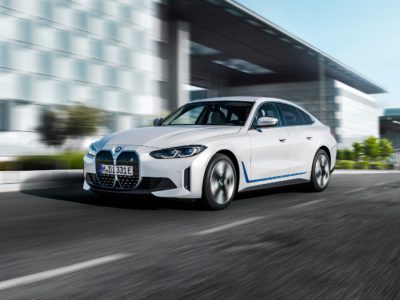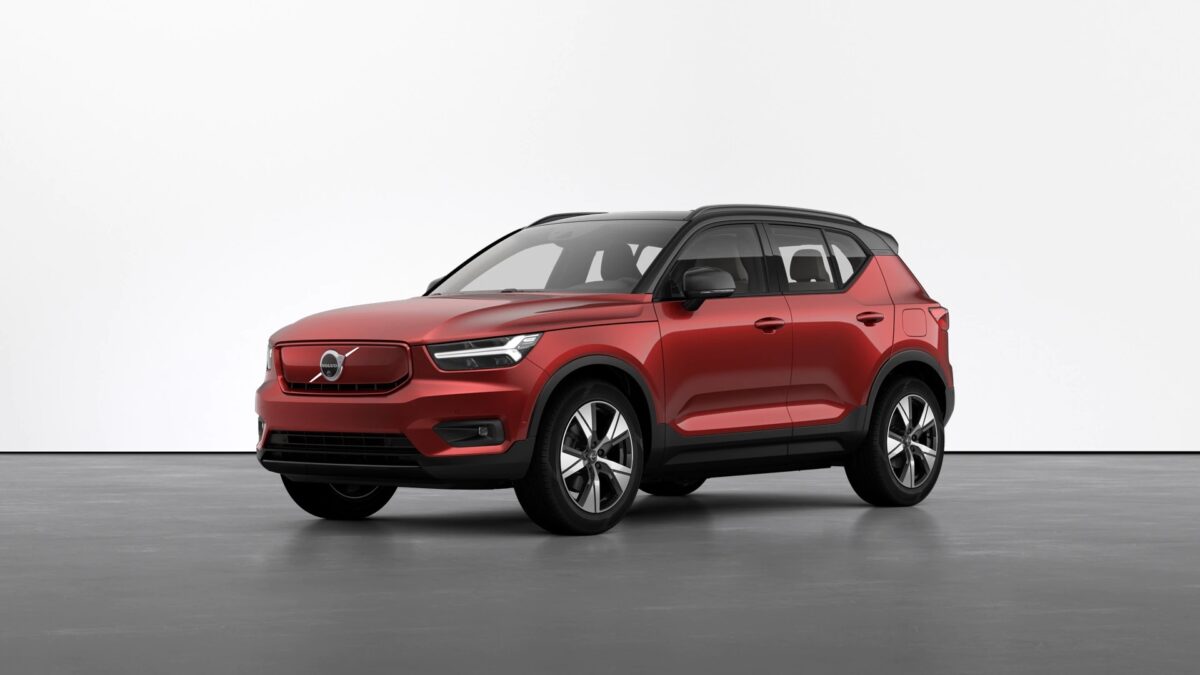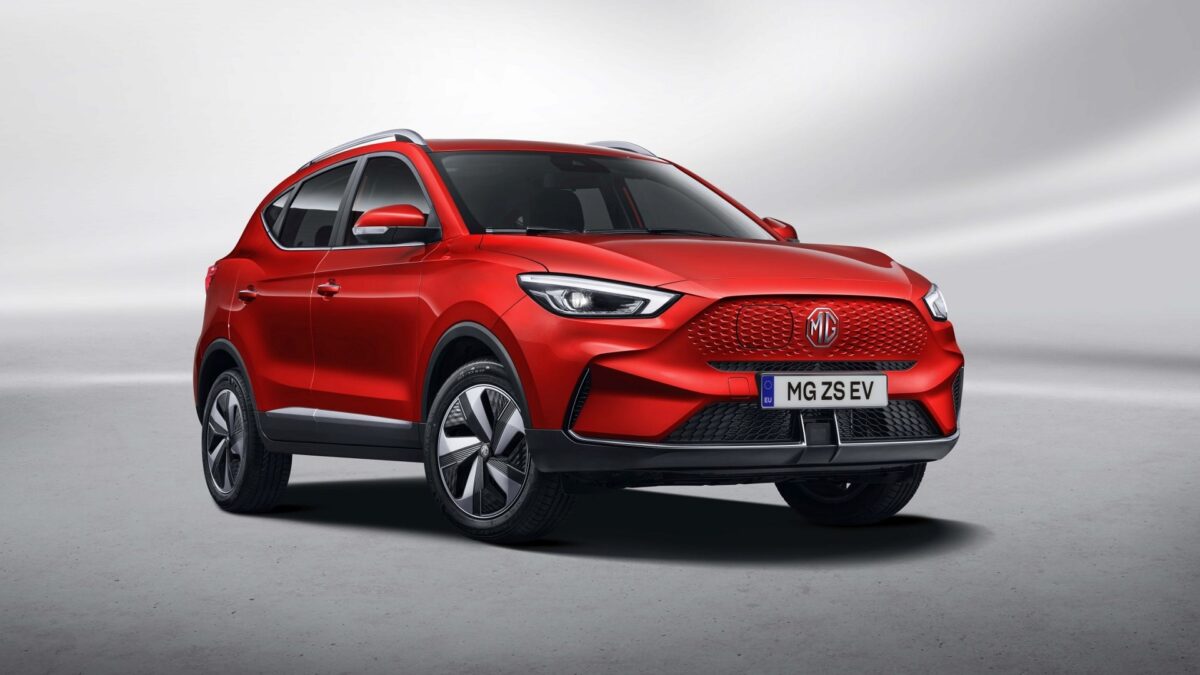FAME II To Launch On September 7; Max Subsidy Capped At 20 Per Cent Of EV Cost
Saar: With a total outlay of Rs 5,500 crore, the second phase will offer subsidies to all types of pure electric vehicles.
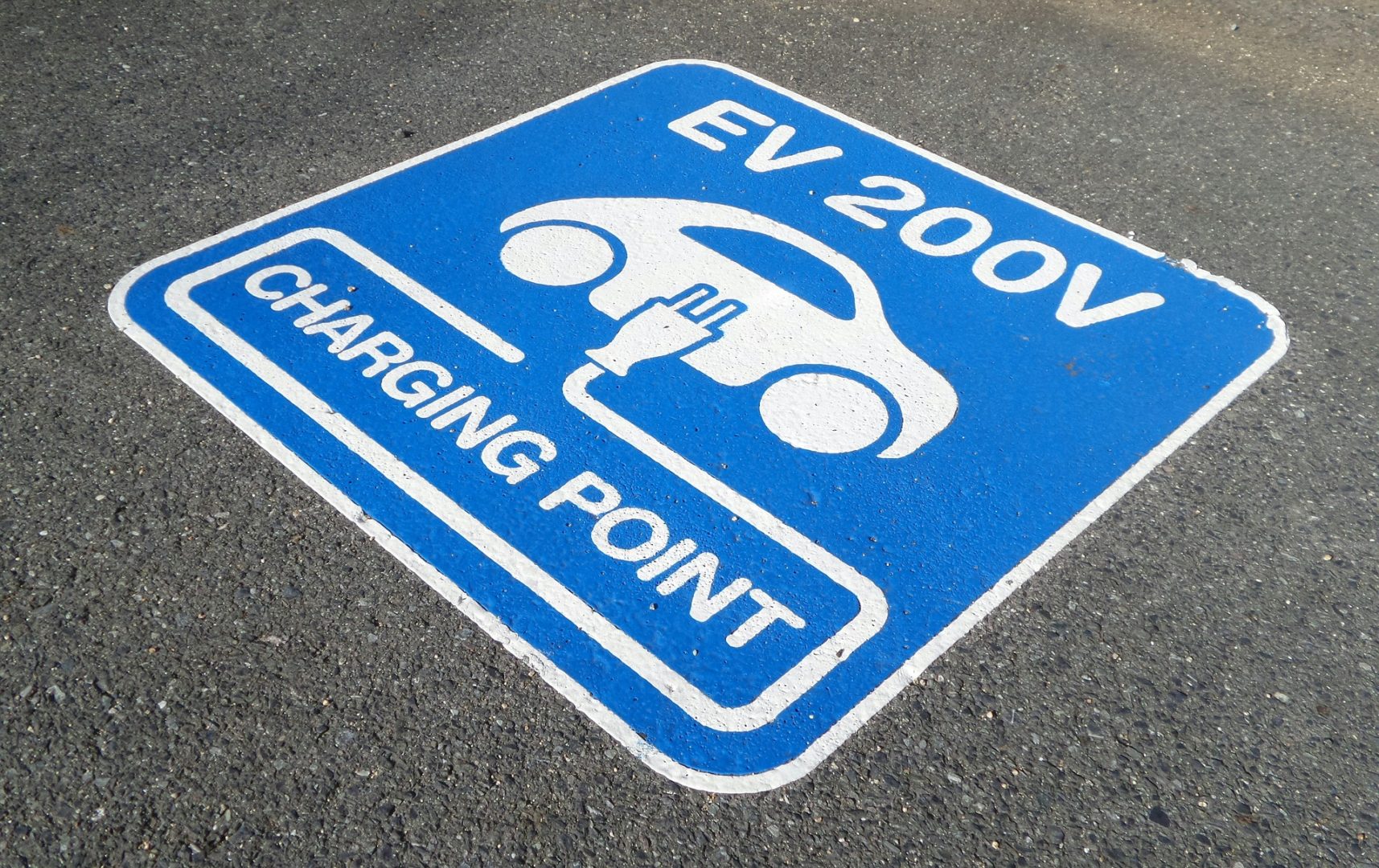
It is official. The second phase of the Faster Adoption and Manufacturing of Electric vehicles (FAME) scheme will be launched on September 7, 2018. As we reported previously, this scheme has an outlay of Rs 5,500 crore for a period of five years. Under the new scheme, all kinds of pure electric vehicles will be eligible for subsidies from the government. However, strong hybrid vehicles, which were entitled to claim incentives in the first phase of FAME, will not be eligible to claim any under the new scheme.
FAME II will be unveiled by the Prime Minister of India at the inaugural session of the ‘MOVE’ – a global mobility summit – which will be organised in the nation’s capital on September 7-8, 2018. The event will be attended by several global CEOs from the automotive sector. According to a report, the government has decided to offer a direct subsidy of around Rs 1.4 lakh for each electric car. The subsidy may go as high as Rs 4 lakh for premium electric cars, most of which are not even on sale in India yet. The report also mentions that the maximum subsidy will be capped at 20 per cent of the cost of an electric car.

The subsidy figure is directly linked to the size of the battery. Each kilowatt-hour (kWh) worth of storage capacity will attract a subsidy of Rs 10,000. That means, if a pure electric vehicle has a battery capacity of 20kWh, it will be entitled to avail a subsidy of Rs 2 lakh from the government.
The original plan for FAME II was to provide a subsidy to electric vehicles and also invest in creating a network of vehicle charging stations. At a later stage, the government decided to restrict the scope of FAME II only to government-run buses and keep private vehicles and taxis out of the list.
After revising the guidelines of FAME II, the government has also decided to put a cap on the number of vehicles which can earn subsidy. While the number is yet to be decided, the idea is to keep a track of spending.
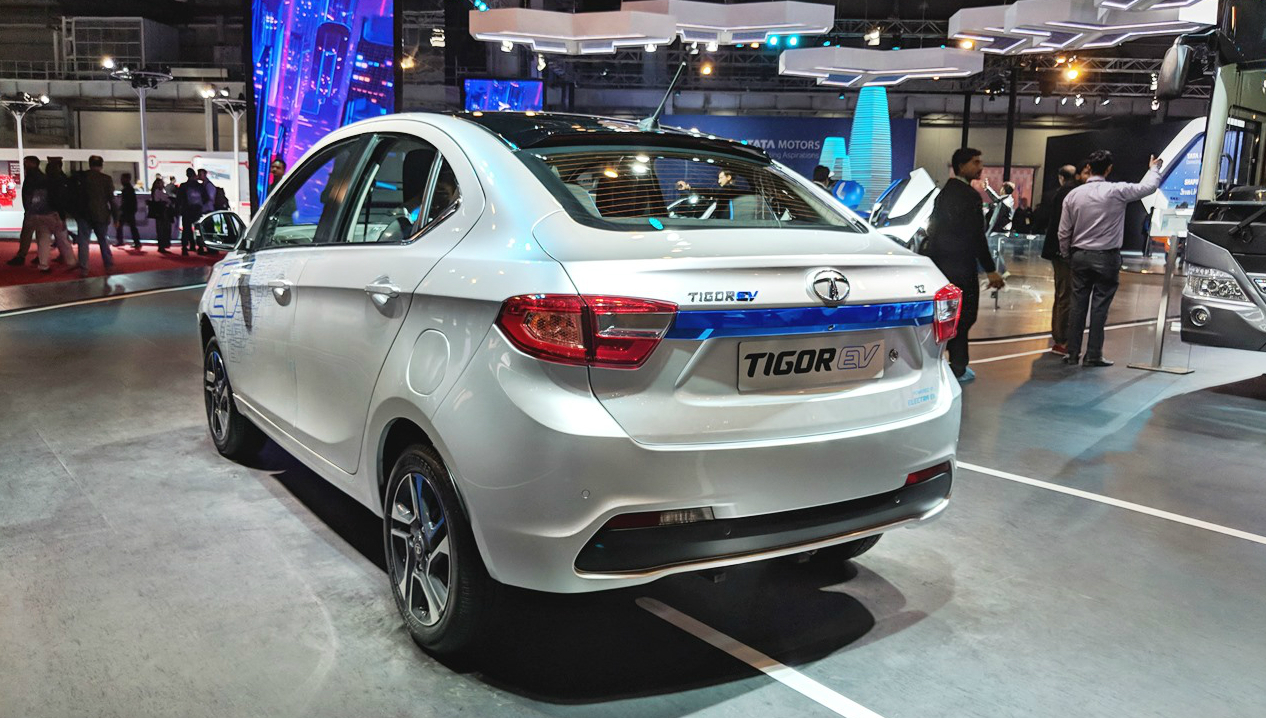
Ideally, the government should have linked the amount of subsidy to the efficiency of an electric vehicle. Having bigger batteries on-board does not guarantee that an electric vehicle will be efficient on the move. That means even though the battery is big enough to attract the maximum subsidy from the government, without an efficient powertrain it would require frequent charging stops.
Source: ETAuto


